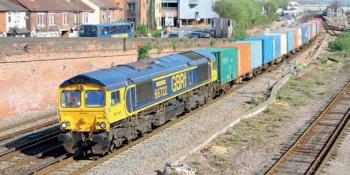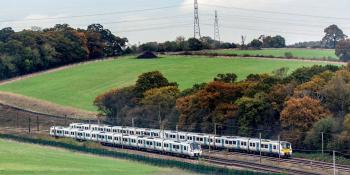RUSSIA

A suicide bomber killed 14 passengers on 3 April on board a Line 2 train on the St Petersburg Metro in the tunnel between Sennaya Ploshchad and Tekhnologichesky Institut stations. A bomb left shortly beforehand at one of the system’s busiest stations, Ploshchad Vosstaniya on Line 1, was found and successfully disarmed by security services.
Russian officials praised the decision of the driver of the attacked Line 2 train to carry on to the next station (Tekhnologichesky Institut) rather than stop in the tunnel immediately after the explosion as helping to save the lives of seriously injured passengers, who could be helped by ambulance services and other responders quickly in the station rather than much more slowly had the train been stopped in the tunnel.
The St Petersburg Metro has five lines and carries around two million people a day, and had not previously suffered a terrorist attack. Local media reported that metal detectors installed on all Russian metro systems after attacks on the Moscow Metro in both 2004 and 2010 were not in use, although their use nationwide resumed after the recent attack.
Russian security authorities believe the bomb was detonated by a suicide bomber linked to Islamic extremist groups, unlike the earlier Moscow attacks, which were the responsibility of terrorists from the Russian republic of Chechnya. The St Petersburg bomber was identified as a 22-year-old Russian citizen, originally from the central Asian, former Soviet, republic of Kyrgyzstan.




